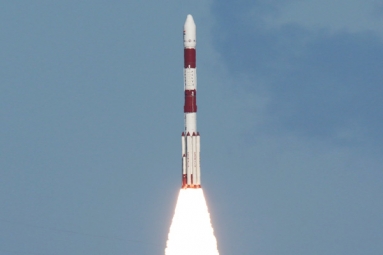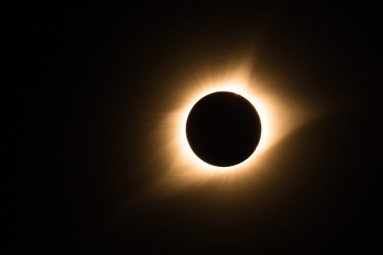
(Image source from: assettype.com)
After rock and smaller planets collided, these Earth-like planets named Magma were formed in early stages. These planets heat up too much and make molten rock like surfaces.
Previously, researchers in the UK had thought that these earth-like planets are in their early stages of formation but now there are higher chances to see these planets forming.
From the University of Sheffield, a team of researchers have studied groups of young stars in the Milky Way to see if they were typical compared to theories and previous observations in other star-forming regions in space.
Further, they even tried to study if the populations of stars in these groups affected the likelihood of finding forming Earth-like planets.
There are more stars like the Sun in these groups and these would increase the chances of finding Earth-like planets in their early stages of formation, said a research that was published in The Astrophysical Journal.
Doctor Richard Parker said, these magma ocean planets can be easily detected near stars and they were two times heavy as the average mass star.
A lot of heat is emitted from these planets and you will be able to observe a glow coming out of them after using the next generation of infra-red telescopes, he said.
Undergraduate students from the varsity conducted this research and they got an opportunity to apply skills learnt during their course to leading published research in their field.
These stars would be found in so-called 'young moving groups' and they are less than 100 million years old –this is young for a star. This group contains a few tens of stars each. Earlier, it was difficult to find these stars as they blend into the background of the Milky Way galaxy.
Thankfully, the Gaia telescope helped these researchers find out about more stars in these groups.
What they would find out after this research is whether star formation is universal and is it an important resource for studying how rocky and habitable planets like Earth form.
To explain the origin of these young moving stars, the team hopes to use computer stimulations.
By Neha Makhija







